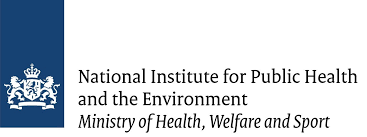Chemycal has been acquired by 3E
Learn MoreChemycal has been acquired by 3E
Learn MoreDiscover how Chemycal PRO helps you boosting your regulatory monitoring:

The Dutch government has set the target of achieving a fully circular economy by 2050. This means that by 2050 all raw materials, substances and products should be reused in the same or new applications. Textile products must contain at least 30 percent recycled material by 2030.
Products made from recycled textiles must comply with European legislation on chemicals (REACH). Over the past years, more and more substances have been banned for use in consumer textile products, including plasticisers for prints. RIVM has listed developments related to the reuse of textile products and the recycling of textiles. In addition, RIVM has investigated whether banned chemical substances can end up in textile products due to recycling.
According to RIVM, there is currently a high probability that clothing made from recycled (consumer) textiles meet the legal limits for chemical substances. This conclusion is based on available data on substances in new and collected textiles.
In the current situation, most of the collected textiles from the Netherlands are exported to other countries, where they are worn again. Textile items that are not reusable, for example garments which are torn, are mainly recycled, for example into cleaning cloths for industry or insulation materials. Collected textiles can also be used to make new clothing. This is currently done on a small scale, for example for jeans made from cotton fibres from collected jeans. These fibres are mixed with new cotton fibres, because recycled fibres are less strong than new ones.
Little is known about hazardous chemicals contained in products made from recycled textiles. RIVM recommends drafting a standard protocol for measuring these substances. This is important in order to guarantee safety, also in the long term. RIVM has also listed chemical substances that may be contained in different types of fibre in new and recycled textiles, such as cotton and polyester. This provides manufacturers and users of recycled textiles with an overview of substances to watch out for in specific materials.
To achieve the target for 2030, it is important for clothing to be made in such a way that it can be recycled properly. This means, among other things, that designers should use fewer types of textile fibres for a single garment. And they should make sure that materials can be sorted more easily.
CONTINUE READING ON rivm.nl
2013 © MyChemicalMonitoring. ALL Rights Reserved. About Us | Terms and Conditions